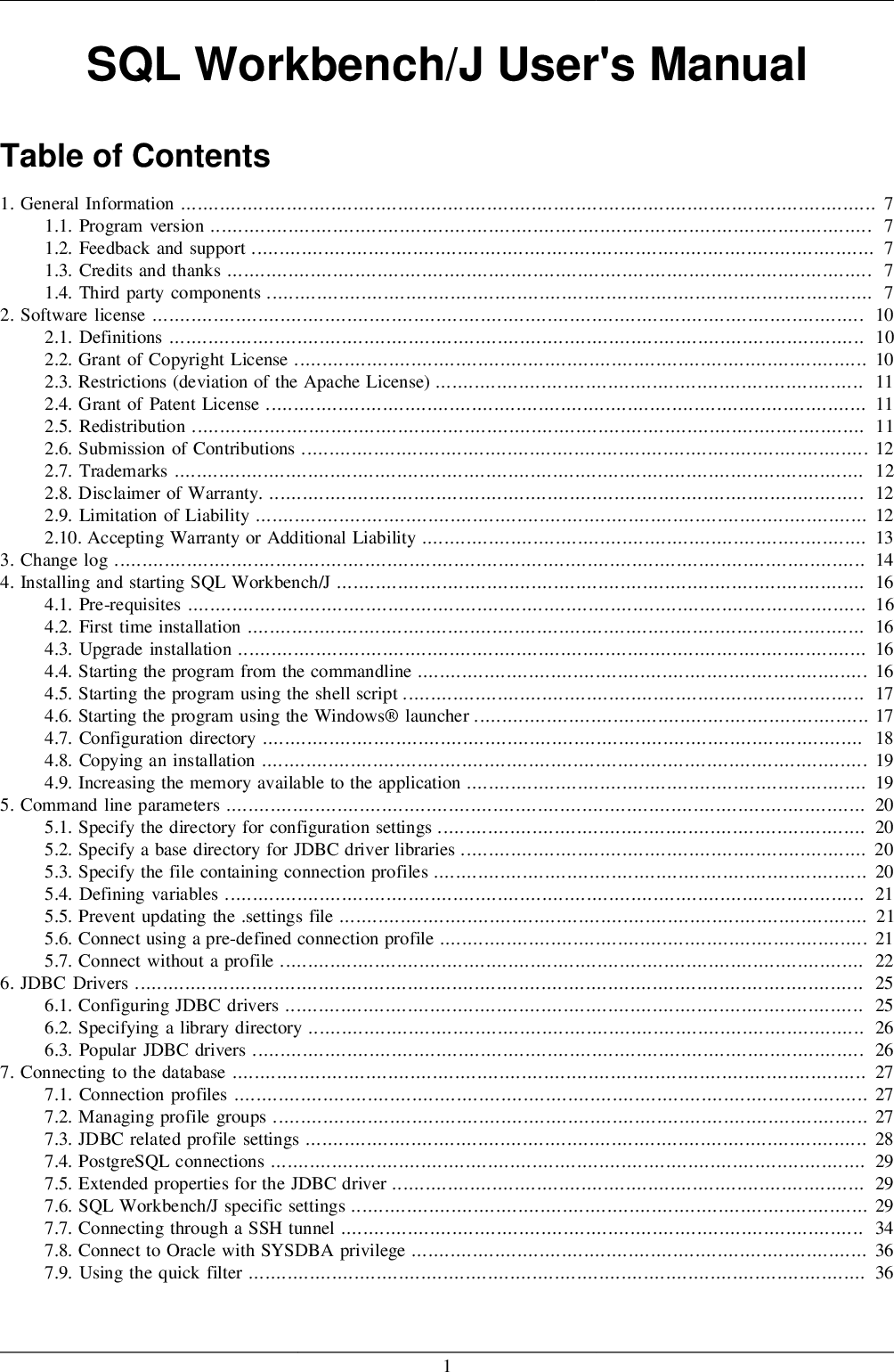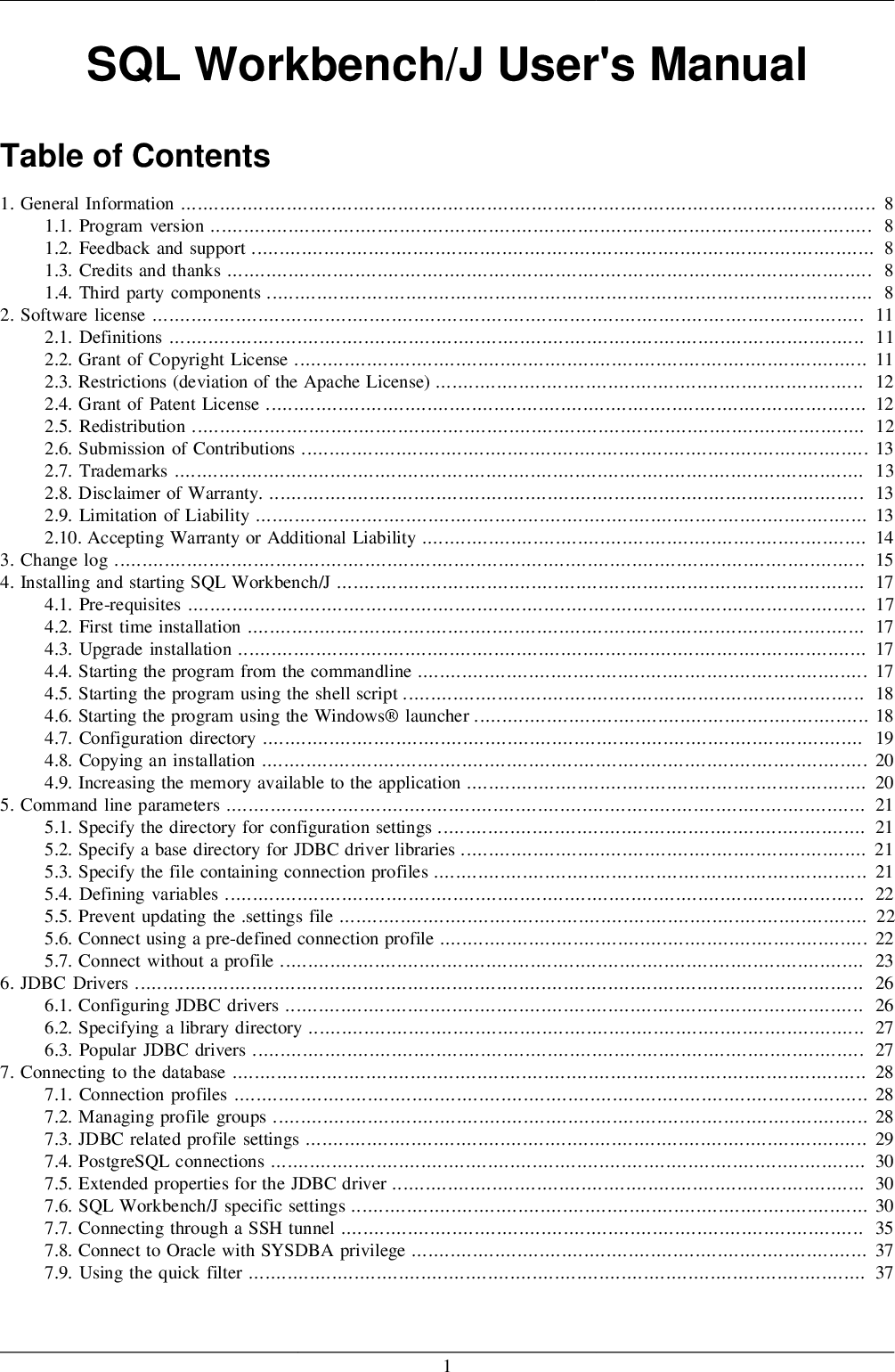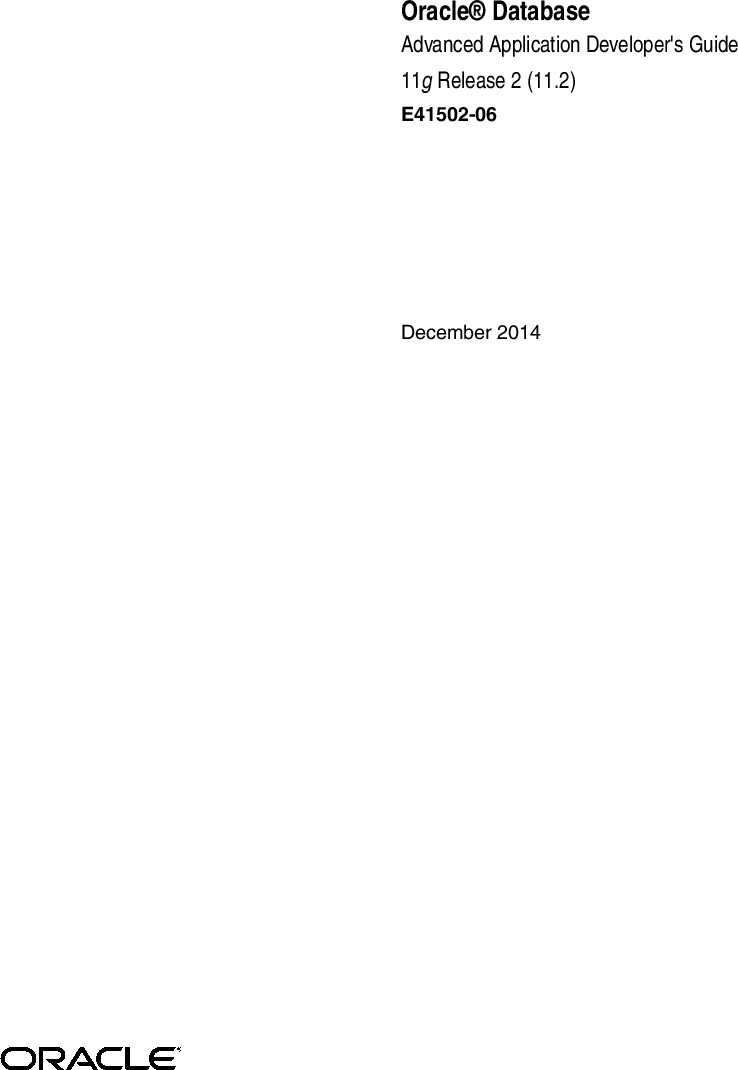' intrinsic takes the two values to compare as its first and second operands. The return type, the values to check, and the vector mask have the same number of elements. The third operand is the condition code indicating the sort of comparability to carry out. It must be a metadata string with one of the supported integer situation code values. The fifth operand is the explicit vector length of the operation. Methods embellished with request methodology designators must return void, a Java programming language type, or a javax.ws.rs.core.Response object. Multiple parameters could also be extracted from the URI through the use of the PathParam or QueryParam annotations as described in Extracting Request Parameters. Conversion between Java types and an entity body is the accountability of an entity provider, corresponding to MessageBodyReader or MessageBodyWriter. Methods that need to provide additional metadata with a response should return an instance of the Response class. The ResponseBuilder class supplies a convenient way to create a Response occasion utilizing a builder sample. The HTTP PUT and POST strategies count on an HTTP request physique, so you should use a MessageBodyReader for methods that reply to PUT and POST requests. The ConstraintValidator interface defines two sort parameters that are set within the implementation. The first one specifies the annotation sort to be validated , the second the kind of components, which the validator can handle . In case a constraint helps a quantity of knowledge sorts, a ConstraintValidator for each allowed type must be implemented and registered at the constraint annotation as shown above. The initialize() method offers you access to the attribute values of the validated constraint and allows you to store them in a area of the validator as shown in the example. The isValid() methodology accommodates the actual validation logic. For @CheckCase this is the verify whether a given string is both fully decrease case or higher case, depending on the case mode retrieved in initialize(). Note that the Bean Validation specification recommends to suppose about null values as being valid. If null is not a valid worth for an element, it should be annotated with @NotNullexplicitly.
That attribute have to be annotated with @TargetType for MapStruct to generate calls that pass the Class instance representing the corresponding property sort of the target bean. It must be a metadata string with one of many supported floating-point situation code values. A lifetime of a memory object is a property that decides its accessibility. Unless said in any other case, a memory object is alive since its allocation, and lifeless after its deallocation. It is undefined habits to entry a memory object that isn't alive, however operations that don't dereference it such asgetelementptr, ptrtoint andicmp return a legitimate outcome. This explains code movement of these instructions throughout operations that impression the object's lifetime. A stack object's lifetime can be explicitly specified usingllvm.lifetime.start andllvm.lifetime.finish intrinsic operate calls. This class implements the Serializable interface, however does not define a serialVersionUID subject. Also, totally different source code to bytecode compilers might use different naming conventions for artificial variables generated for references to class objects or inside courses. To guarantee interoperability of Serializable across versions, think about adding an express serialVersionUID. ' intrinsic is designed for conditional reading of chosen vector components in a single IR operation. It is helpful for targets that help vector masked loads and allows vectorizing predicated fundamental blocks on these targets.
Other targets could support this intrinsic differently, for instance by lowering it into a sequence of branches that guard scalar load operations. The result of this operation is equal to a regular vector load instruction adopted by a 'select' between the loaded and the passthru values, predicated on the same masks. However, utilizing this intrinsic prevents exceptions on memory access to masked-off lanes. The first operand is a vector of pointers which holds all reminiscence addresses to learn. The second operand is a vector of boolean values with the same number of components because the return kind. The return kind and underlying kind of the vector of pointers are the same vector sorts. Some intrinsic capabilities can be overloaded, i.e., the intrinsic represents a household of functions that perform the same operation but on completely different data sorts. Because LLVM can symbolize over eight million totally different integer sorts, overloading is used generally to allow an intrinsic perform to operate on any integer kind. One or more of the argument sorts or the outcome type could be overloaded to just accept any integer sort. Argument varieties can also be defined as precisely matching a previous argument's sort or the result kind.
This allows an intrinsic perform which accepts multiple arguments, however needs all of them to be of the same sort, to solely be overloaded with respect to a single argument or the end result. As mentioned above, the validation target PARAMETERS have to be configured for a cross-parameter validator by utilizing the @SupportedValidationTarget annotation. As with generic constraints, null parameters ought to be thought-about legitimate and @NotNull on the individual parameters should be used to make sure that parameters usually are not null. Tip Similar to class-level constraints, you'll be able to create custom constraint violations on single parameters as an alternative of all parameters when validating a cross-parameter constraint. Just obtain a node builder from the ConstraintValidatorContext handed to isValid() and add a parameter node by callingaddParameterNode(). In the instance you would use this to create a constraint violation on the tip date parameter of the validated technique. In rare conditions a constraint is both, generic and cross-parameter. The generated code of the updateCarFromDto() methodology will replace the handed Car instance with the properties from the given CarDto object. Request technique designator annotations are runtime annotations, defined by JAX-RS, that correspond to the equally named HTTP methods. Within a resource class file, HTTP methods are mapped to Java programming language strategies through the use of the request method designator annotations.
The habits of a resource is decided by which HTTP methodology the useful resource is responding to. JAX-RS defines a set of request method designators for the common HTTP strategies @GET, @POST, @PUT, @DELETE, and @HEAD; you might also create your personal custom request methodology designators. Creating customized request method designators is outdoors the scope of this doc. ' intrinsics is designed for writing chosen vector parts to arbitrary memory addresses in a single IR operation. The operation could additionally be conditional, when not all bits within the masks are switched on. It is helpful for targets that support vector masked scatter and allows vectorizing primary blocks with knowledge and control divergence. Other targets might assist this intrinsic in another way, for instance by lowering it right into a sequence of branches that guard scalar retailer operations. ' intrinsics is designed for conditional writing of chosen vector elements in a single IR operation. It is beneficial for targets that assist vector masked store and permits vectorizing predicated primary blocks on these targets. The results of this operation is equivalent to a load-modify-store sequence.
However, using this intrinsic prevents exceptions and data races on reminiscence access to masked-off lanes. ' intrinsic takes a worth to solid as its first operand , which have to be a vector of integer kind, and a kind to forged it to return type, which should be a vector of pointers sort. The return sort, the value to solid, and the vector mask have the same number of parts. The third operand is the express vector size of the operation. ' intrinsic takes a value to cast as its first operand , which should be a vector of pointers, and a kind to solid it to return kind, which have to be a vector of integer kind. The bit measurement of the value have to be smaller than the bit dimension of the return kind. The bit size of the worth must be bigger than the bit size of the return sort. ' intrinsic performs floating-point fused multiply-add (llvm.fma) of the first, second, and third vector operand on each enabled lane. The operation is performed in the default floating-point environment. ' intrinsics are used to create vectors of integers whose elements contain a linear sequence of values starting from 0 with a step of 1. This experimental intrinsic can solely be used for vectors with integer elements which might be at least 8 bits in size.
If the sequence worth exceeds the allowed restrict for the element sort then the end result for that lane is undefined. Metadata on the instruction tells the optimizer that the worth loaded is known to be aligned to a boundary specified by the integer value within the metadata node. This is analogous to the ''align'' attribute on parameters and return values. This metadata can solely be applied to loads of a pointer type. If the returned worth is not appropriately aligned at runtime, the conduct is undefined. These objects have methods that allow you to specify recordsdata, directories and values which constitute the task's inputs and outputs. In reality, the runtime API has virtually function parity with the annotations. As the instance reveals the generated code takes under consideration any name mappings specified via @Mapping. MapStruct will solely create a new mapping technique if and only if the source and goal property are properties of a Bean and so they themselves are Beans or easy properties. The StandardEvaluationContext is the place you may specify the root object to judge towards by way of the methodsetRootObject() or passing the basis object into the constructor. You can even specify variables and functions that shall be used in the expression utilizing the methodssetVariable() andregisterFunction(). The use of variables and capabilities are described in the language reference sections Variables and Functions. TheStandardEvaluationContext can additionally be where you'll be able to register customized ConstructorResolvers,MethodResolvers, andPropertyAccessors to extend how SpEL evaluates expressions. Please discuss with the JavaDoc of those courses for extra details. The first operand is a vector value to be written to reminiscence. The second operand is a vector of pointers, pointing to the place the worth parts must be saved. The third operand is an alignment of the destination addresses. The types of the mask and the worth operand will have to have the same number of vector elements. ' intrinsic is designed for conditional studying of multiple scalar values from arbitrary memory locations in a single IR operation.
It is helpful for targets that help vector masked gathers and allows vectorizing fundamental blocks with data and management divergence. Other targets may help this intrinsic in another way, for example by decreasing it right into a sequence of scalar load operations. The semantics of this operation are equivalent to a sequence of conditional scalar masses with subsequent gathering all loaded values right into a single vector. The mask restricts memory entry to certain lanes and facilitates vectorization of predicated fundamental blocks. The worth to cast should be a vector of floating-point type. ' intrinsic performs floating-point addition of the primary and second vector operand on every enabled lane. All the enter and output definitions are carried out via the methods on inputs and outputs, corresponding to property(), files(), and dir(). Gradle performs up-to-date checks on the argument values to determine whether or not the duty needs to run once more or not. Each method corresponds to one of many incremental construct annotations, for example inputs.property() maps to @Input and outputs.dir() maps to @OutputDirectory. An important characteristic of an enter is that it impacts a quantity of outputs, as you'll find a way to see from the previous figure. Different bytecode is generated relying on the content of the source information and the minimal version of the Java runtime you need to run the code on. But whether compilation has 500MB or 600MB of most reminiscence obtainable, decided by the memoryMaximumSize property, has no impact on what bytecode gets generated. In Gradle terminology, memoryMaximumSize is simply an internal task property. This method calls equals on two references of unrelated interface types, where neither is a subtype of the other, and there are no known non-abstract courses which implement each interfaces. Therefore, the objects being in contrast are unlikely to be members of the same class at runtime . An ArrayList is used to store added elements as name strategies of a @Singular marked subject, if the target assortment is from the java.util bundle, even when the gathering is a set or map. This behavior is not externally seen, an implementation detail of the current implementation of the java.util recipes for @Singular @Builder. Default values may be specified to set a predefined value to a target property if the corresponding source property is null. Constants can be specified to set such a predefined value in any case.
Default values and constants are specified as String values. When the target type is a primitive or a boxed sort, the String worth is taken literal. Bit / octal / decimal / hex patterns are allowed in such a case so long as they're a legitimate literal. In addition to strategies defined on the same mapper kind MapStruct also can invoke mapping strategies outlined in other classes, be it mappers generated by MapStruct or hand-written mapping strategies. The proven mapping technique takes two supply parameters and returns a combined goal object. As with single-parameter mapping strategies properties are mapped by name. When you apply a Combine rework, you must present the function that contains the logic for combining the elements or values. The combining operate ought to be commutative and associative, because the function isn't essentially invoked precisely as quickly as on all values with a given key. Because the enter information could also be distributed across a number of workers, the combining function could be called a number of occasions to carry out partial combining on subsets of the worth assortment. The Beam SDK also supplies some pre-built mix capabilities for widespread numeric combination operations such as sum, min, and max. This scenario would persist till we recompiled our code together with the new class. If a kind search finds a source file for a required sort, either by itself, or because of the setting for -Xprefer, the compiler will learn the source file to get the knowledge it needs. In addition, it's going to by default compile the supply file as properly. If none is given, no class files might be generated for the source file. If class is given, class information will be generated for the supply file. The javac device reads class and interface definitions, written within the Java programming language, and compiles them into bytecode class files. It can also course of annotations in Java supply files and lessons.
A variety of scalar values of integer, floating point or pointer information sort are collected from an enter vector and stored into adjoining reminiscence addresses. ' intrinsic converts its unsigned integer operand to thefloating-point return sort. The operation has a masks and an explicit vector length parameter. ' intrinsic converts the floating-point operand to the unsigned integer return kind. The first operand is the beginning worth of the discount, which must be a scalar integer type equal to the result sort. The second operand is the vector on which the discount is carried out and must be a vector of integer values whose component type is the result/start kind. The third operand is the vector mask and is a vector of boolean values with the same variety of components as the vector operand. The fourth operand is the express vector size of the operation. ' intrinsic performs floating-point remainder of the primary and second vector operand on each enabled lane. ' intrinsic performs floating-point division of the first and second vector operand on each enabled lane. ' intrinsic performs floating-point multiplication of the first and second vector operand on every enabled lane. ' intrinsic performs floating-point subtraction of the primary and second vector operand on each enabled lane. ' intrinsic performs integer addition of the first and second vector operand on every enabled lane. These intrinsics make it potential to excise one parameter, marked with the nest attribute, from a function.










No comments:
Post a Comment
Note: Only a member of this blog may post a comment.